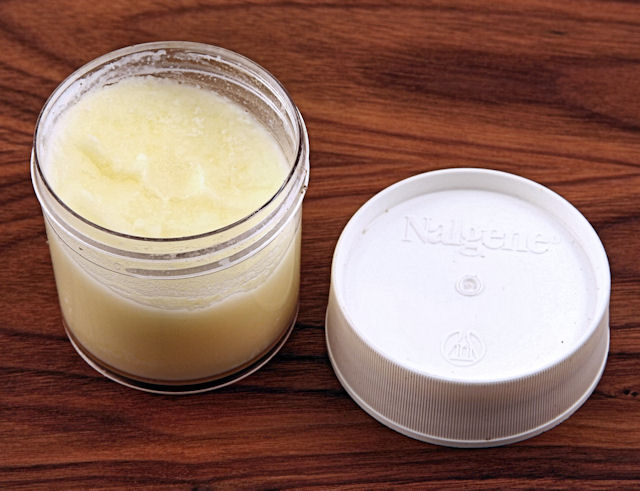How to make ghee
Ghee (clarified butter)
Ghee is highly regarded, both in Ayurveda (it is beneficial for all doshas) and by yogis who consider it a very satvic food. It can be used in most Indian recipes to replace oil for frying.
The idea is to get impurities and water out of the butter so you are left with pure fat. The points to remember are to never stir the butter while it is cooking, and to keep a close eyes on the colour so that the ghee doesn't burn.
Melt one pound of unsalted butter in a sauce pan on medium heat. Remember, the better the butter, the better the ghee, so use organic butter if you can. As the butter melts it will begin to boil and separate (white froth on top with sediment settling to the bottom of the pan). Keep the butter boiling steadily. Do not stir. Allow the butter to continue to cook until the bubbling noise quietens down, the sediment at the bottom of the pan starts to turn golden brown (you can check the colour of the sediment by gently tilting the pan), and the liquid under the froth begins to turn an amber colour (it usually takes about 20 minutes). The smell also change to that of freshly baked croissants. All these signs indicate that all the water has evaporated, and that you must turn off the flame immediately or the ghee will burn quickly. Leave the cooked ghee to cool for half an hour, then line a strainer with some cheese cloth and strain the ghee into sterilised jars. Discard the sediment (in India, it is used for pujas, fire rituals, my dog loves it). The ghee will turn hard when cooled and look yellow in colour - it melts quickly when exposed to heat. If it is properly made, ghee will keep for over a year, even outside the fridge.

